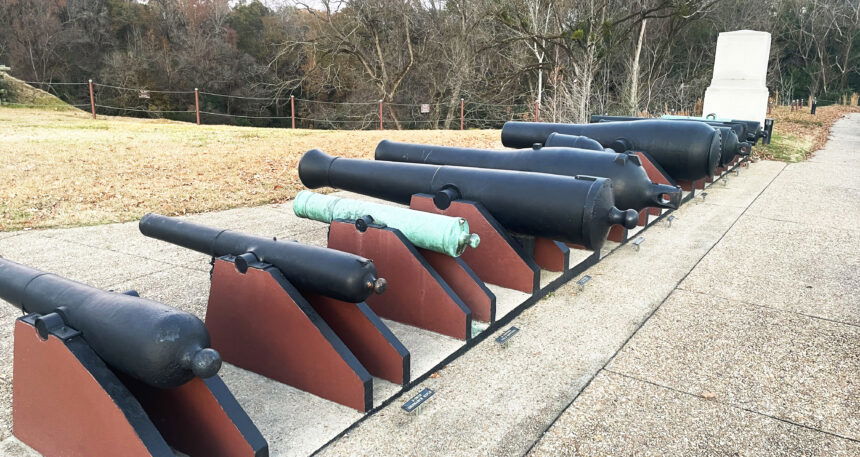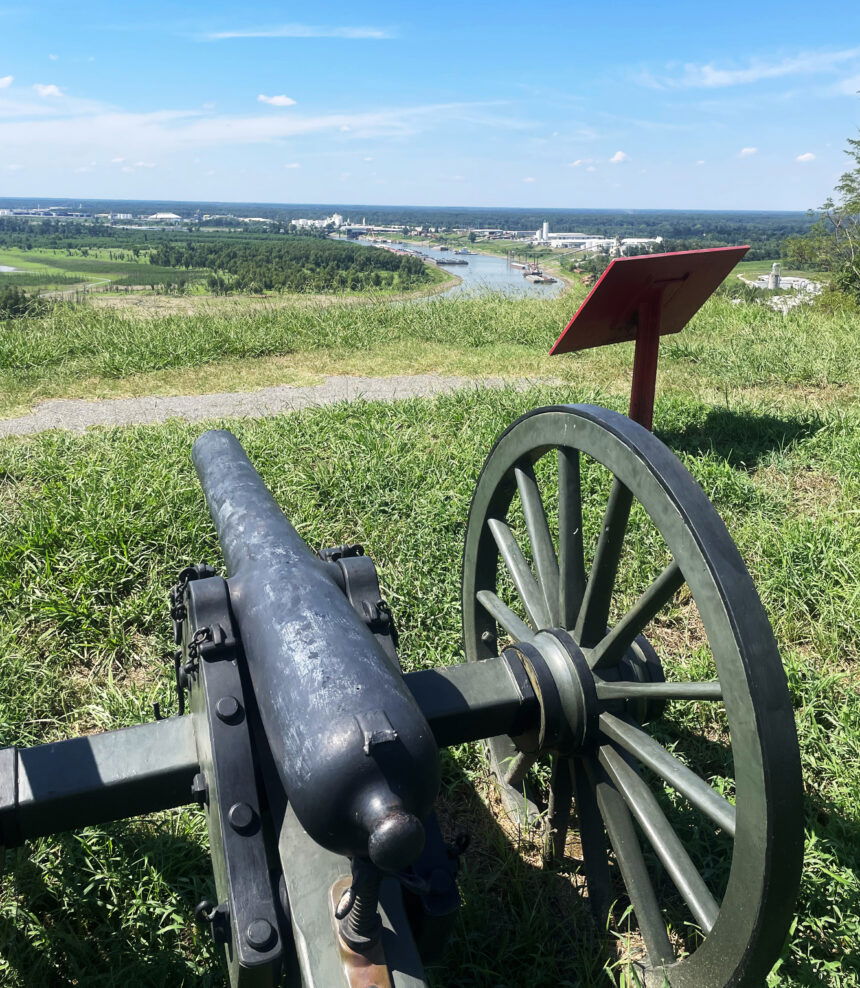Vicksburg: Made me feel like a ‘Damn Yankee’



If you like history, we are seeking sponsors and contributors to support the work. Contact Bob at robertmford@aol.com and/or appreciate via Venmo @ bobfordshistory.
Vicksburg, Ms., was a citadel of defense for the South, with steep banks, deep ravines and jungle-like terrain.
General Grant had finally gotten his 70,000-man Army of the Tennessee around the Confederates' last bastion on the Mississippi, poised to attack the city from the rear, but the South’s defenses were stout. Getting into this position had taken months and a toll on troops that was unexpected.
After successes capturing 10 Mile Island, Memphis and Ft. Pillow to the North, Grant and his troops planned to meet Admiral David D. Porter with his flotilla coming from the South, converging on Vicksburg, but…nothing came easy in this campaign.
Northern-born Confederate Lt. General John C. Pemberton commanded the 50,000 scattered soldiers in and around Vicksburg. The South’s President, Jefferson Davis, knew the importance of the city: “Vicksburg is the nailhead that holds the South’s two halves together.”
Allowing the North to control the River meant the enemy would be able to move troops and supplies at will through the heart of Dixie.
The Rebels put everything they had into fortifying the Citadel; those 50,000 men with 170 cannons controlled the river and all land approaches, and their defenses seemed impregnable. Confederates also used the natural maze of swamps and bayous as part of their protective scheme; Northern boys weren’t used to the bogs.
For months, Grant tried different strategies, including amphibious landings, even digging a canal at De Soto Point to flank Vicksburg’s batteries, but those unceremonious attempts failed.
Finally, moving his Army on the Louisiana side of the river 40 miles downstream of Vicksburg, then crossing into Mississippi, allowed Grant to approach the enemy from the rear. His superior numbers could now apply the needed pressure he had worked so long to achieve.
If you follow any of my sojourns, you know I’ve been to many Civil War battlefields, 30-plus. Years ago, on my first trip to Vicksburg, heading into the Visitors Center with a couple of authored articles in hand, I introduced myself. That didn’t go well. The Park Rangers immediately stopped answering my normal questions and stated, “You will have to get in touch with our Program Manager for Experience and Outreach, submit your questions via email, and he’ll get back with you in 2 weeks.”
These guys shut me down like I was a “Damn Yankee.” Never in my 40 years of visiting battle sites had I been told to “submit” my questions. This Yankee left.
Confederate Captain John C. Landis was from St. Joseph. Son of Israel Landis, the famed creator of the mochila used to carry the mail by Pony Express riders.
John was a dedicated Southerner and skilled artillerist, seeing action at several major battles, including Vicksburg with his noted Landis Battery.
Years later, back home, enthusiasts would reenact the Landis Battlery “shoots,” with cannon blasts of their own. Honoring, in a local quarry, what it took to load, reload and safely fire replica Napoleon and Parrot cannons. I visited a “shoot” one year ago, only to get a cool reception. Cannoniers in period uniforms acted like I was a Yankee spy until a Sergeant came over and asked if I was the FBI...not hardly, Border War Society, I answered, we all laughed.
After Vicksburg, where Landis was captured and then exchanged, he went on to greater responsibilities. Deployed to Mobile, Ala., becoming Colonel of Artillery in command of all Confederate emplacements on the Gulf. Landis survived the war, returned to St. Joseph and married. I’m proud to say that his grandson, Garth and I became good friends and business partners.
Once Grant was in a position to attack Vicksburg, the going got tough. Several assaults were repulsed. On May 22, 1863, the General decided not to expend more lives, and a siege with heavy bombardment commenced.
By now, Porter and his gunboats were in position to pound Vicksburg from the river, while Grant unloaded his heavy guns on the opposite side. This lasts for 46 days.
Inside the City, 30,000 troops and thousands of civilians withstood starvation, daily shelling, disease and biblical destruction.
Pemberton realized that for the good of the survivors, he must “capitulate and seek the best terms.”
On July 3, 1863, a white flag was raised from the Confederate lines. Two Generals walked forward and proposed a temporary cease-fire until final terms could be agreed upon.
Pemberton wanted to appoint emissaries to negotiate, but Grant sent cease-fire orders to Porter and responded to the enemy, demanding his patented Unconditional Surrender.
After notes back and forth, Grant relented, I believe, for publicity and posterity, he wanted to accept the surrender of Vicksburg on the 4th of July, and the General got his wish.
Terms were liberal, turns out the North wasn’t sure what they could do with 30,000 starving prisoners. Many of the Confederate soldiers at Vicksburg were from the West, and most just wanted to go home. Grant allowed the officers to retain a firearm while enlisted men kept one horse, if they could find one. All those, after signing an affidavit, were paroled.
The first week of July 1863 was monumental. The War had turned, with Vicksburg falling, the South was cut in half and a little skirmish 1,000 miles away ended the day before…Gettysburg.
Sentiments die hard in the South; Pemberton for decades was railed for surrendering. His Northern birth left questions in some southern souls of Pemberton’s true allegiance.
Residents of Vicksburg also felt betrayed; no one celebrated the national 4th of July holiday, no one. Only after V.E. Day in 1945 did a muted celebration take place. The Civil War indeed left deep, unforgiving generational wounds.
————————————-
Bob Ford’s History will appear in each edition of the Midweek and Weekender. You can find more of Bob’s work on his website at bobfordshistory.com and videos on YouTube, TikTok and Clapper.



